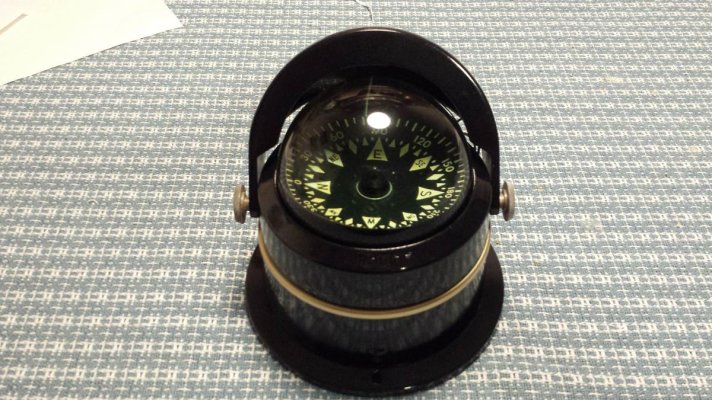sdowney717
Guru
- Joined
- Jan 26, 2016
- Messages
- 2,264
- Location
- United States
- Vessel Name
- Old Glory
- Vessel Make
- 1970 Egg Harbor 37 extended salon model
I took this apart and repainted it.
Compared to my smartphone compass app, I made some compensation adjustments.
Not sure how accurate either compass really is.
I have 3 compasses here and they all read differently.
If the slots are vertical, I read no compensation?
Compared to my smartphone compass app, I made some compensation adjustments.
Not sure how accurate either compass really is.
I have 3 compasses here and they all read differently.
If the slots are vertical, I read no compensation?


 By the way, nice job on the paint job. The compass looks great!
By the way, nice job on the paint job. The compass looks great!